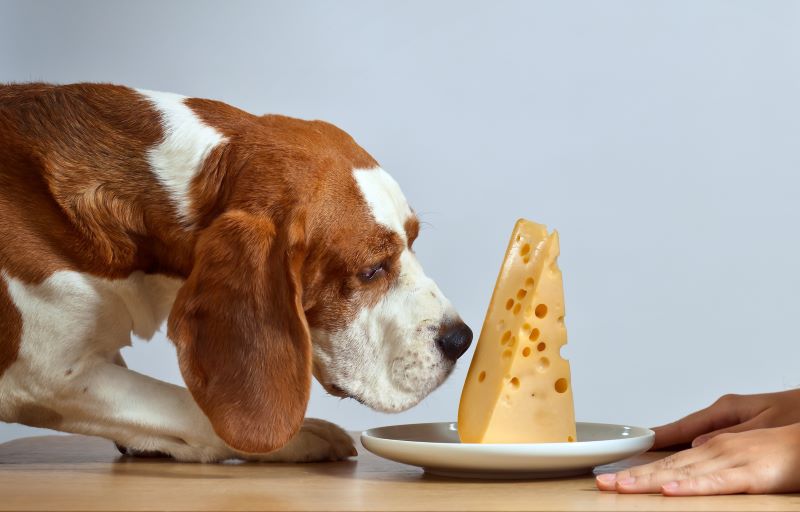
Effective Puzzle Toys: Engaging and Stimulating Fun for Your Furry Friend
As pet owners, we are always on the lookout for ways to keep our beloved furry companions happy, entertained, and mentally stimulated. One of the most effective tools for achieving these goals is puzzle toys. Puzzle toys provide a unique and engaging experience for our pets, challenging their problem-solving skills and providing hours of entertainment. In this comprehensive guide, we will explore the world of puzzle toys and delve into their benefits, types, and how to choose the perfect puzzle toy for your pet. So, let’s embark on this exciting journey together and discover the wonders of puzzle toys!

Why Puzzle Toys Matter
Before we dive into the specifics, it’s important to understand why puzzle toys are essential for our pets’ overall well-being. Dogs and cats, just like humans, have a natural instinct to explore, hunt, and solve problems. Puzzle toys tap into these instincts, providing a productive outlet for their energy and intelligence.
By engaging in puzzle-solving activities, our pets experience mental stimulation, which is crucial for their cognitive development. These toys challenge their problem-solving abilities, improve focus, and enhance their learning capabilities. Additionally, puzzle toys serve as excellent stress relievers, as they keep our pets occupied and entertained, preventing boredom and destructive behaviors.

The Benefits of Puzzle Toys
- Mental Stimulation: Puzzle toys offer mental workouts for our pets, keeping their minds sharp and active. They encourage them to think critically, strategize, and overcome challenges, thereby preventing cognitive decline.
- Physical Exercise: Many puzzle toys incorporate physical elements, such as rolling or tossing, which provide an opportunity for our pets to stay physically active while engaging with the toy.
- Slow Feeding: For pets who tend to gobble down their food too quickly, puzzle toys can be used as slow feeders. These toys dispense food or treats gradually, promoting slower eating habits, reducing the risk of digestive issues, and keeping our pets satisfied for longer.
- Stress Relief: Pets can experience anxiety and stress, especially when left alone or during certain situations. Puzzle toys divert their attention and help alleviate anxiety by providing a challenging and enjoyable distraction.
- Bonding and Interaction: Puzzle toys can be a fantastic tool for strengthening the bond between pet and owner. Engaging in interactive play with these toys creates positive associations, fosters trust, and deepens the emotional connection.
Types of Puzzle Toys
There is a wide variety of puzzle toys available on the market, catering to different preferences and skill levels. Let’s explore some popular types:
- Treat-Dispensing Toys: These toys require pets to manipulate them in order to access hidden treats or kibble. They can be filled with your pet’s favorite treats, encouraging them to engage with the toy and work towards the reward.
- Interactive Puzzles: These toys typically involve multiple components that need to be manipulated or moved in a specific sequence to reveal a hidden treat. They offer a higher level of challenge and require problem-solving skills.
- Scent-Based Puzzles: These toys tap into our pets’ incredible sense of smell. They involve hiding treats or food in compartments that can only be accessed by following scent trails or uncovering hidden compartments.
- Plush Puzzle Toys: These toys combine the fun of a plush toy with the challenge of a puzzle. They often have hidden squeakers, crinkly materials, or compartments that need to be explored.
- DIY Puzzle Toys: If you’re feeling crafty, you can even create your own puzzle toys using everyday household items. This allows you to tailor the toy’s difficulty level and incorporate your pet’s favorite treats.
Choosing the Perfect Puzzle Toy
When selecting a puzzle toy for your pet, consider the following factors:
- Difficulty Level: Assess your pet’s skill level and choose a toy that provides an appropriate level of challenge. Start with simpler puzzles and gradually increase the difficulty as they become more adept at solving them.
- Size and Durability: Ensure that the toy is suitable for your pet’s size and breed. Opt for durable materials that can withstand their playstyle and ensure the toy doesn’t pose any choking hazards.
- Interests and Preferences: Consider your pet’s preferences. Some may be more motivated by treats, while others may enjoy toys with sounds or textures. Understanding what engages your pet will help you select the most enticing puzzle toy.
- Safety: Always prioritize your pet’s safety. Avoid toys with small parts that can be chewed off and swallowed. Regularly inspect the toy for any signs of wear and tear and replace it if necessary.
Conclusion
Puzzle toys offer a world of entertainment and mental stimulation for our furry companions. By incorporating these engaging toys into their routine, we can provide a wealth of benefits, from enhanced cognitive abilities to stress relief and improved bonding. Remember to choose puzzle toys that match your pet’s skill level, preferences, and safety requirements. So, let the puzzle-solving adventures begin, and watch as your pet thrives both mentally and physically with these fantastic toys!





